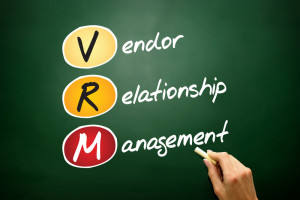According to HIMSS there are over 18,000 people registered for the big event next week – either in-person in Las Vegas or virtual/digital. It’s not clear what the split looks like. With the current surge in COVID cases, I assume many registrants may decide to convert to virtual and not travel to Vegas in the next few days. I saw last week some people calling for HIMSS21 to be cancelled. I remember well the days leading up to the HIMSS20 cancellation in March last year. Who would have thought we’d be here again 17 months later? HIMSS appears to be taking all the necessary precautions with vaccine proof required of attendees and now adding a mask requirement while there.
COVID cases, I assume many registrants may decide to convert to virtual and not travel to Vegas in the next few days. I saw last week some people calling for HIMSS21 to be cancelled. I remember well the days leading up to the HIMSS20 cancellation in March last year. Who would have thought we’d be here again 17 months later? HIMSS appears to be taking all the necessary precautions with vaccine proof required of attendees and now adding a mask requirement while there.
I decided months ago to forego in person HIMSS this year. HIMSS20 registrants did not receive refunds but could apply it to HIMSS21. The conversion value from a full registration to a digital one was not a good one given the significant price difference but there wasn’t another choice as far as I knew.
In past years, I’ve written tips on attending HIMSS and how to make the most of it. Those general tips on education, networking, and vendors still hold true whether in-person or virtual. The education opportunities are probably what digital attendees can get the most from though I’m hoping there are also opportunities to learn about new vendors from a distance.
I’m usually a last-minute planner when it comes to HIMSS. I don’t usually look closely at the schedule and make my specific plans until close to the event. As a digital attendee, I tried to keep my calendar flexible next week so I could attend as many digital sessions as possible. But as busy as I am these days, that didn’t work out so well.
So, I’m down to spending some time this weekend figuring out what is available for the digital attendees, deciding what is of most value to me given my current work and focus, and what’s even possible given my calendar. I’m open to any recommendations on digital sessions from those among you who have mapped out your plans. And any general tips on making the most of a digital registration.
Bill Russell has an interesting plan for his HIMSS time next week which will be virtual after he recently assessed his own personal risk level. Continue reading









